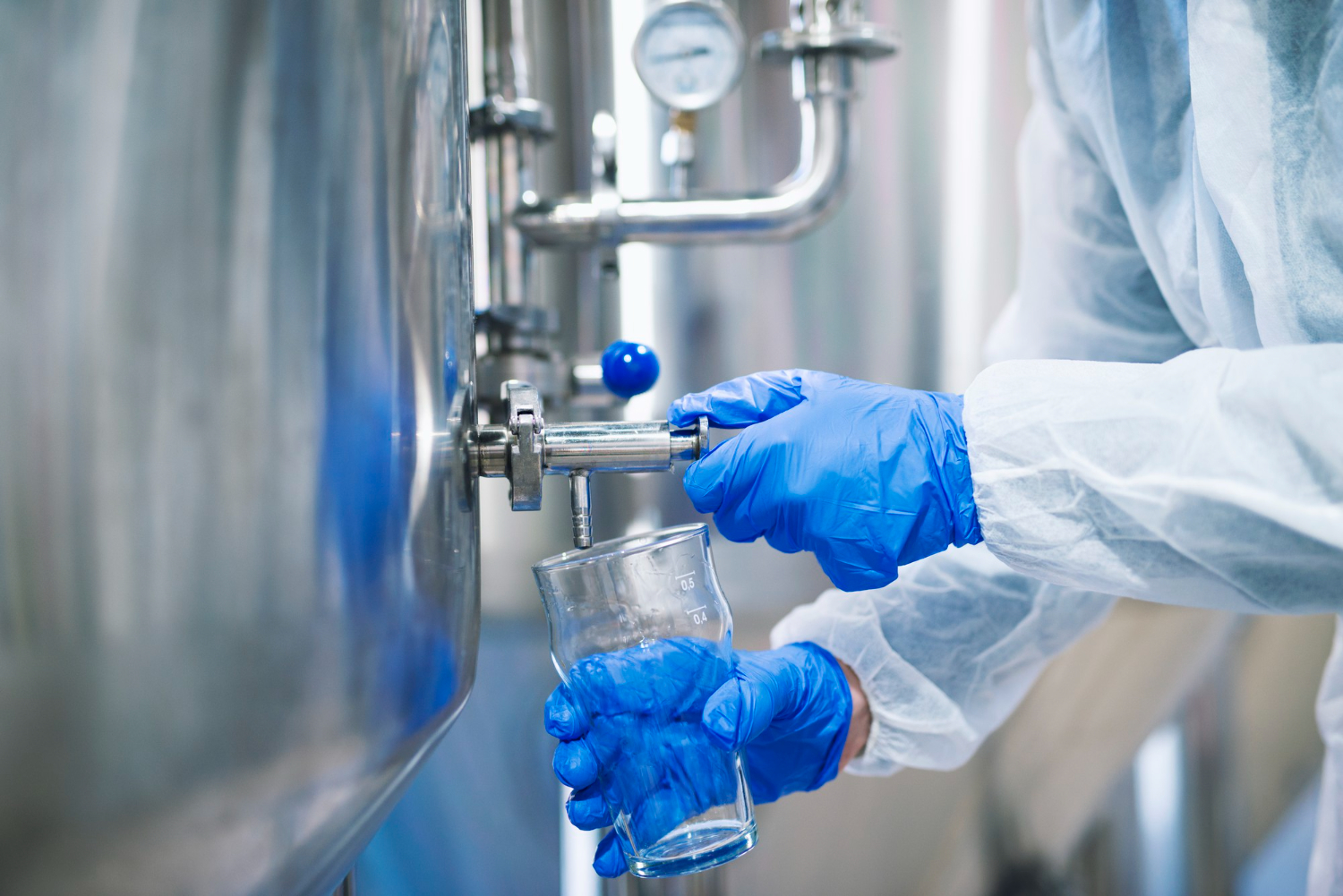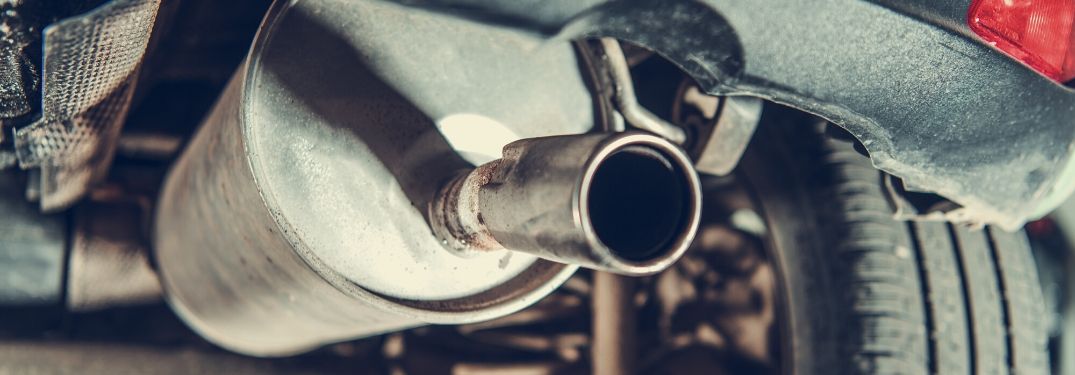In this article, various ways of treating industrial wastewater on economic terms but suitable for different industries at minimal cost have been explained. In today’s environmentally conscious world, industrial wastewater treatment has become a critical component for businesses aiming to minimize their ecological footprint while maintaining operational efficiency. If you’re running a manufacturing plant, a textile factory or any other business that involves producing wastewaters, you need to find the cost-effective solutions. For companies in regions like Malaysia, establishing a reliable wastewater treatment plant in Malaysia not only ensures compliance with local regulations but also promotes sustainable growth.
Understanding the Importance of Industrial Wastewater Treatment
Before delving into specific methods, it’s crucial to understand why industrial wastewater treatment is indispensable:
- Environmental Protection: Good treatment keeps harmful contaminants from putting water bodies at risk and protecting ecosystem and public health.
- Regulatory Compliance: In Malaysia and all over the world, governments impose stringent regulations on wastewater discharge. There can be hefty fines and legal issues if you do not follow through on it.
- Resource Recovery: Reused wastewater can provide some additional reuse in industrial process, thereby saving water consumption and operational costs.
- Reputation Management: A commitment to environmental stewardship shows a company in a good light to consumers and other stakeholders.
Cost-Effective Treatment Methods
1. Physical Treatment Methods
Physical treatment is the treatment of physical suspended solids and other large matters from wastewater by way of some mechanical processes. Relatively low cost, these methods are usually the first step in a multiple stage treatment process.
- Screening: This screen removes large debris such as plastics, rags, or solid. It is a simple effective method for preventing damage to downstream equipment.
- Sedimentation: It creates sludge at the bottom of a tank that gets periodically removed. This is an energy efficient and low maintenance method.
- Flotation: It carries suspended particles up into the surface where they can be skimmed off using air bubbles. This makes it extra useful at removing oil and grease.
Advantages:
- Low operational, maintenance costs
- It is simple technology that is relatively easy to implement.
- Also effective for removing large and heavy particles.
Considerations:
- Often needs to be integrated with other methods of treatment for total purification.
- Lacking effectiveness against dissolved contaminants
2. Chemical Treatment Methods
Chemical treatment consists of adding chemicals to wastewater which in turn help remove compounds. Although the initial bucks may be greater than the physical processes, choosing your chemicals and processes properly can make the price right.
- Coagulation and Flocculation: Suspended particles are destabilized by chemicals and then clump into larger aggregates (flocs) that can be removed easily.
- Neutralization: Allows changes in the pH of wastewater to suitable levels, so that corrosion does not take place and other treatment processes are effective.
- Oxidation and Reduction: It transforms harmful pollutants to less toxic form by using oxidizing or reducing agent.
Advantages:
- Very useful for many different types of contaminants
- Is tailored to specific wastewater compositions.
- Improves upon other treatment methods.
Considerations:
- Needs to be handled with care and stored very carefully.
- Second pollution potential if not well managed
3. Biological Treatment Methods
Microorganisms are used to break down organic pollutants in wastewater in the practice or biological treatment. This method is both a sustainable and a cost-effective method in particular for industries with high organic load wastewater.
- Activated Sludge Process: Large aeration tanks filled with wastewater and microorganisms are surgically pump air into. The organic matter as gets broken down by microbes, and the treated water is separated from its biomass.
- Trickling Filters: They spread the wastewater over a bed of media on which microbes form a biofilm which degrades organic pollutants.
- Anaerobic Digestion: But there is microbe that break down organic matters in absence of oxygen, producing a gas that can be used as an energy source.
Advantages:
- Low chemical usage, environmentally friendly.
- Can operate with high organic load.
- It produces valuable byproducts: biogas
Considerations:
- It needs careful monitoring of biological processes.
- Required wider space than for a physical or chemical method
4. Membrane Filtration
Semi permeable membranes are used in membrane filtration to remove contaminants from the wastewater. Although the initial setup can be more costly, membrane technology has improved, making it both more affordable and more efficient.
- Microfiltration and Ultrafiltration: It removes suspended solids, bacteria and some viruses. They are efficient processes for making high quality effluent that can be reused.
- Nanofiltration and Reverse Osmosis: Additionally, the target dissolved ions and smaller organic molecules can be provided with one more layer of purification.
Advantages:
- Treated water of high quality for various applications
- Small footprint but compact system
- Minimal chemical usage
Considerations:
- One source of increased maintenance cost is membrane fouling
- Where they are more advanced the filtration, these higher.
5. Constructed Wetlands
Wetlands constructed for the purpose of treating wastewater use physical, chemical, and biological processes mimicking natural wetland ecosystem. In particular, they are suitable for industries with plenty of space that might tolerate reasonable treatment requirements.
- Surface Flow Wetlands: Natural processes in wastewater flow over the gravel and plants where contaminants are degraded.
- Subsurface Flow Wetlands: Odor is reduced and treatment efficiency improved when wastewater flows through below the surface.
Advantages:
- Low unit and lifecycle operating & maintenance costs
- Improves biodiversity, and aesthetic value of the land.
- Environmentally friendly, sustainable
Considerations:
- It requires lots of land area.
- Climate, and changes there between seasons can affect treatment efficiency.
6. Electrochemical Treatment
Electrochemical treatment involves contaminant removal from wastewater by means of electrical currents. Because it is efficient and versatile, this method is becoming popular.
- Electrocoagulation: It is an application of electrical current to induce coagulation, removal of suspended solids and heavy metals.
- Electrooxidation: Disinfects the water and breaks organic pollutant down with oxidation reactions.
Advantages:
- Very effective on most contaminants.
- Reduces the requirement for chemical additives.
- It may be integrated with other treatment processes.
Considerations:
- Compared to some other methods higher energy consumption
- Specialized equipment, expertise and staff
Conclusion
Implementing cost-effective industrial wastewater treatment methods is not only a regulatory necessity but also a strategic business decision that promotes sustainability and operational efficiency.
This understanding of the different treatment methods – physical and chemical, biological and membrane based — helps industries design wastewater management strategies that work for their particular needs and budget constraints.
For companies in Malaysia, investing in a wastewater treatment plant in Malaysia ensures compliance with local regulations while contributing to the nation’s environmental goals. These cost-effective solutions open the doors to a greener, more sustainable future for every industry.
Also Read
- ► Resplendent Innovations: The Rise of Flood Light Manufacturers
- ► Pioneering the Night: The Magic of Outdoor Projection Lights
- ► Boat & RV Storage: Simplify Your Adventures with United Boat and RV Storage
- ► Best eSIM for Traveling Your Ultimate Guide
- ► Calculadora de Horas: Facilitando o Cálculo de Tempo no Dia a Dia
- ► Elevate Your Style with Golf Wang Shoes A Sneaker Revolution
- ► Essential Guide to Surge Suppressors and Their Role in Protecting Your Devices
- ► Surge Suppressors: Protecting Your Devices from Power Surges
- ► Understanding Power Supply Systems in Computers
- ► Understanding Power Supply Systems: A Comprehensive Guide
- ► Understanding Tape Drives, Tape Media, and Their Applications
- ► Understanding Storage Array Networks (SAN): The Future of Networked Data Storage
- ► Exploring Storage Array Networks (SAN) and Network Storage Solutions
- ► Exploring Tape Drives: The Reliable Storage Solution
- ► Understanding RAID Controllers: Types and Benefits for Your System





